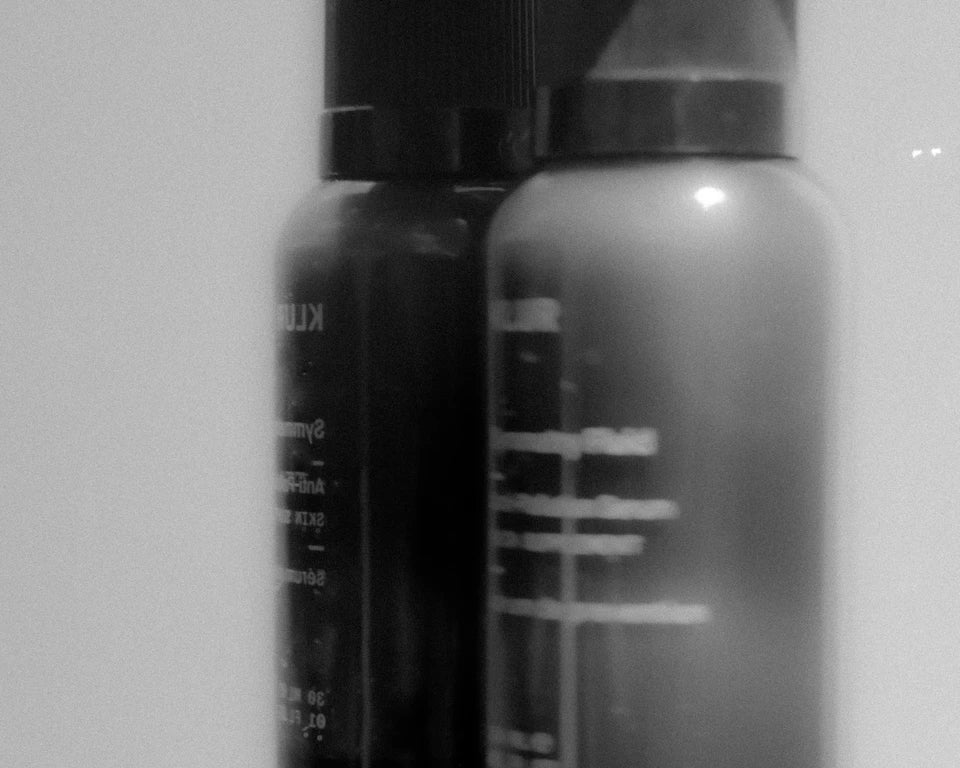Nature teaches us so much about the importance of diversity. Take a nature walk, breathe in the fresh air, and look at your surroundings. What you see is a beautiful balancing act of diversity.
From the soil, to plants, people, and animals. Every living thing, right down to tiny microscopic microbes has a place. The natural world shows us how different, unique species can all thrive together in the harmony of a perfectly balanced ecosystem.
This is Mother Nature's carefully designed environmental equilibrium. Everything has a role to play, a well-intended purpose in its space. Your body is home to incredible ecosystems too, the microbiota living in your gut and on the surface of the skin.
What do they have in common with the natural environment around us? Diversity. Each person’s skin and gut microbiota are so diverse that no single one is the same. Our microbiomes are as individual and diverse as we are!
Fascinatingly, these 3 microbiome ecosystems - the gut, the skin, and environment - are all connected.
This is the topic we’re exploring today, the connection between The Microbiome Trifecta (gut, skin, and environment) and how promoting diversity in each is the key for healthy skin, bodies, and lives.




